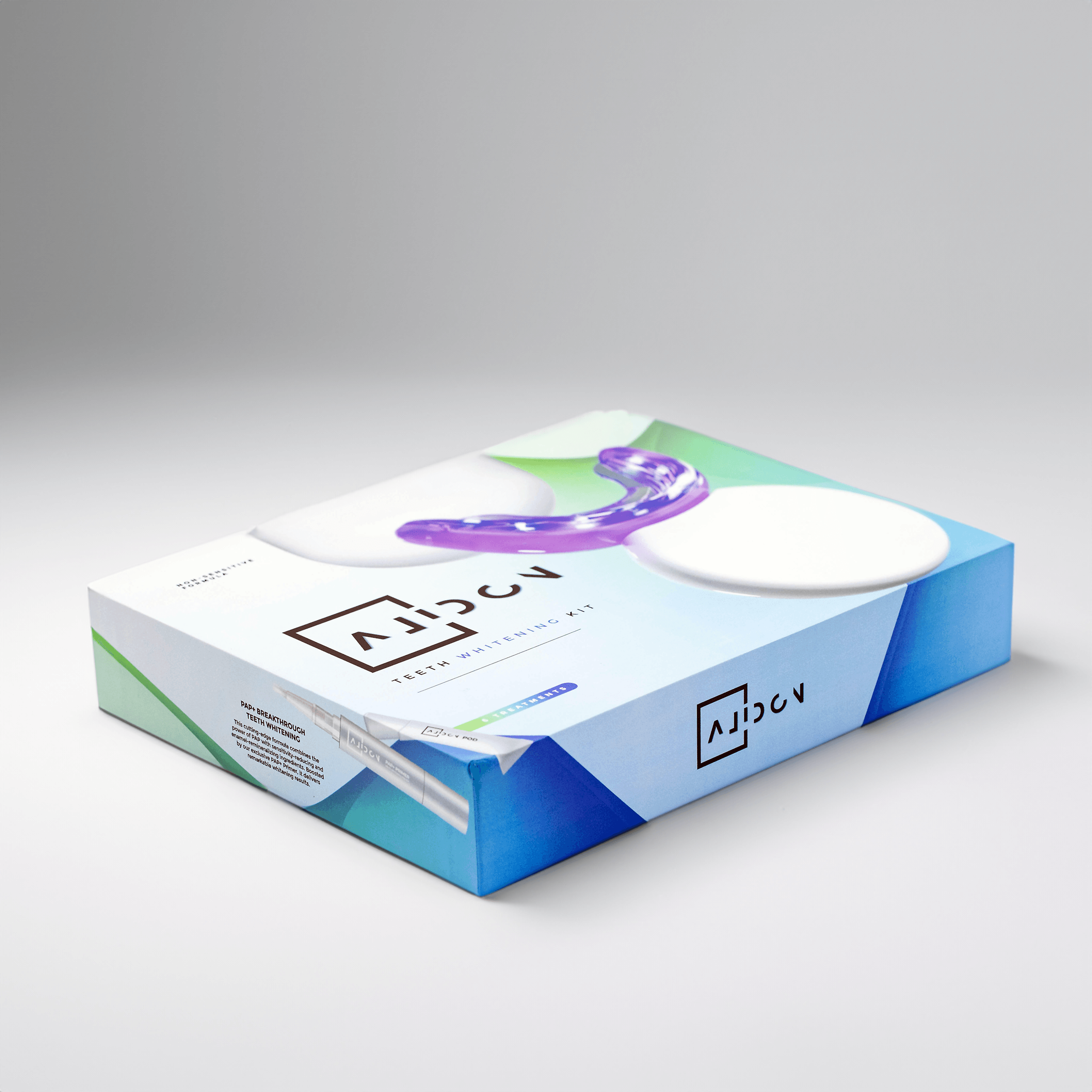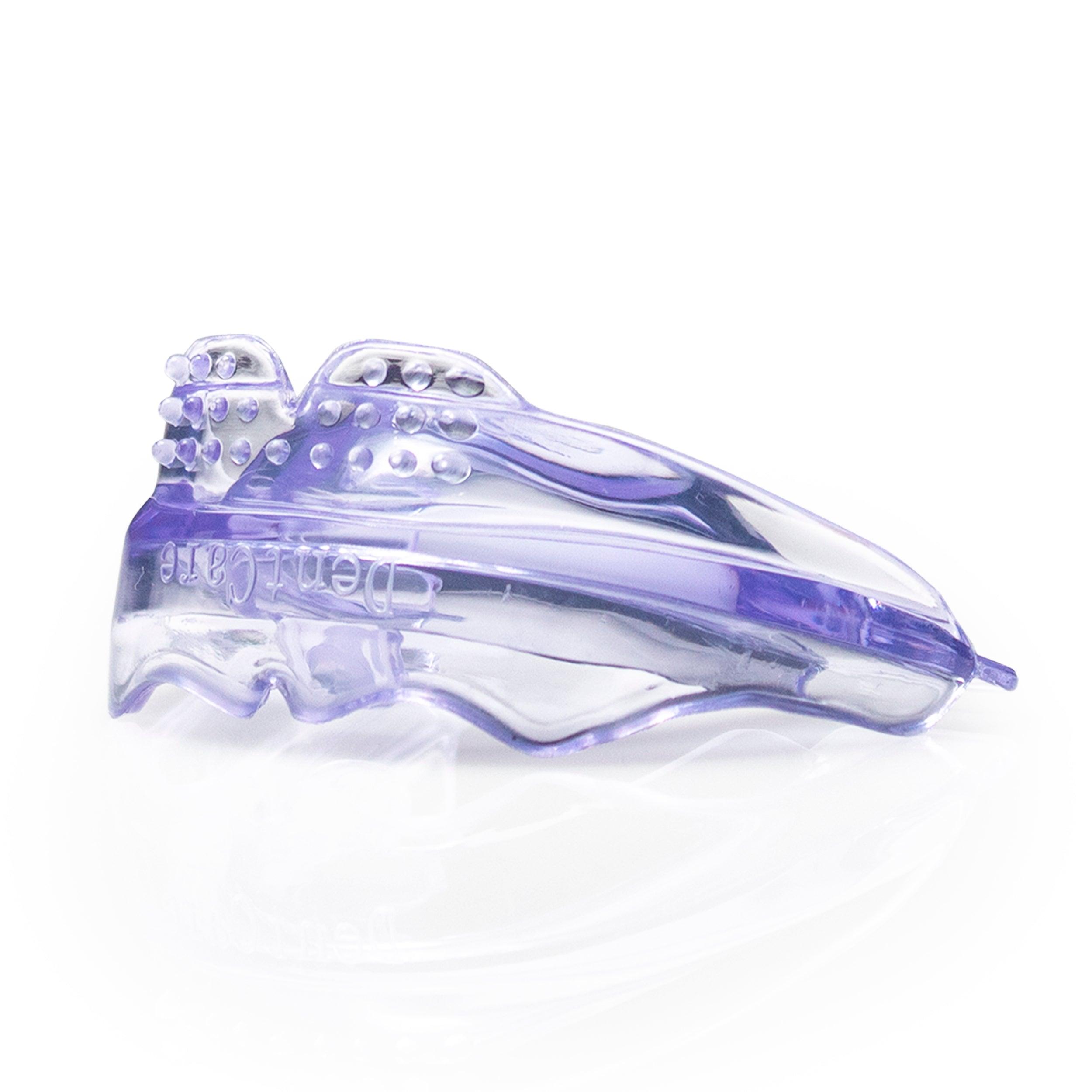Understanding the Cavity Filling Process: A Guide to Healthy Teeth

Cavities, those pesky little holes in our teeth, can be a real pain. But fear not, because modern dentistry has equipped us with a powerful tool to combat cavities: fillings! Fillings are a common and effective way to restore damaged teeth and prevent further decay. But how does the process actually work? Let's dive into the fascinating world of cavity fillings and learn how they can keep your smile bright and healthy.
The Cavity Filling Process: A Step-by-Step Guide
Imagine your tooth as a sturdy castle, and the cavity as a tiny invading army. The filling process is like a valiant knight rescuing the castle from the invaders. The first step is to numb up the area. This is done using a local anesthetic, ensuring a pain-free experience. Once you're numb, the dentist will carefully remove the decayed portion of the tooth using a drill, air abrasion instrument, or laser. The dentist will then meticulously prepare the space for the filling by etching the surface of the enamel, creating a rough texture for the filling to adhere to. This is followed by applying a bonding agent, which acts like a glue, ensuring a strong and lasting bond between the filling and your tooth.

Now comes the exciting part: placing the filling! The most common type of filling is a composite filling, which is tooth-colored and blends seamlessly with your natural teeth. This is a composite resin material that is applied in layers and hardened using a special light. Once the filling is in place, the dentist will carefully shape and polish it to ensure a smooth and comfortable surface. And voila! Your tooth is restored to its former glory, ready to tackle those delicious snacks without a worry.
Types of Fillings: Choosing the Right One for You
There are different types of fillings available, each with its own set of advantages and disadvantages. Here's a quick rundown:
| Filling Type | Advantages | Disadvantages |
|---|---|---|
| Composite Fillings | Tooth-colored, blends seamlessly with natural teeth, relatively inexpensive | Not as durable as other filling types, may require replacement sooner |
| Amalgam Fillings (Silver Fillings) | Durable, long-lasting, inexpensive | Visible in the mouth, contains mercury (although considered safe) |
| Gold Fillings | Extremely durable, long-lasting, resistant to wear and tear | Expensive, visible in the mouth, requires special procedures to place |
| Ceramic Fillings | Tooth-colored, aesthetically pleasing, very durable | More expensive than composite fillings, may require special procedures to place |
The Importance of Regular Dental Checkups: Preventing Cavities Before They Start
The best way to avoid the need for fillings is to prevent cavities in the first place! This means practicing good oral hygiene habits, such as brushing twice a day, flossing daily, and using a fluoride toothpaste. Regular dental checkups are also crucial, as they allow your dentist to detect any early signs of decay and recommend the best course of action.
Alidon Products: A Partner in Your Oral Health Journey
Alidon is committed to providing you with the best tools to maintain a healthy smile. Whether you're looking to improve your oral hygiene routine, correct misalignment, or brighten your smile, Alidon has a product for you!
Here are some of our top products:
- Stage 1 Mouthpiece: Product Link
- Smile Aligner Kit: Product Link
- Stage 2 Mouthpiece: Product Link
- Stage 3 Mouthpiece: Product Link
- Teeth Transformation Kit: Product Link
- Teeth Whitening Kit: Product Link
Alidon products are meticulously vetted, tested, and approved to ensure the highest quality and safety standards. We believe in empowering you with the knowledge and tools to achieve a healthy and confident smile.
FAQs
Q: What are the signs of a cavity?
A: The most common signs of a cavity include:
- Toothache: This is the most obvious sign and can range from a mild ache to a sharp, throbbing pain.
- Sensitivity to hot or cold: If your tooth hurts when you eat something hot or cold, it could be a sign of a cavity.
- Visible hole or pit: In some cases, you may be able to see a small hole or pit in your tooth.
- Darkened spot: A cavity may appear as a dark spot on your tooth.
Q: How long does a cavity filling last?
A: The lifespan of a filling depends on several factors, including the type of filling, the size and location of the cavity, and your oral hygiene habits. Composite fillings typically last 5-10 years, while amalgam fillings can last 10-15 years.
Q: Can I prevent cavities?
A: Yes, you can! By following these simple tips, you can significantly reduce your risk of developing cavities:
- Brush your teeth twice a day with fluoride toothpaste: Make sure to brush for at least two minutes each time.
- Floss daily: Flossing removes plaque and food particles from between your teeth, where your toothbrush can't reach.
- Use mouthwash: Mouthwash can help kill bacteria and freshen your breath.
- Eat a healthy diet: Limit your intake of sugary and acidic foods and drinks.
- See your dentist for regular checkups: Get your teeth cleaned and checked for cavities at least twice a year.







